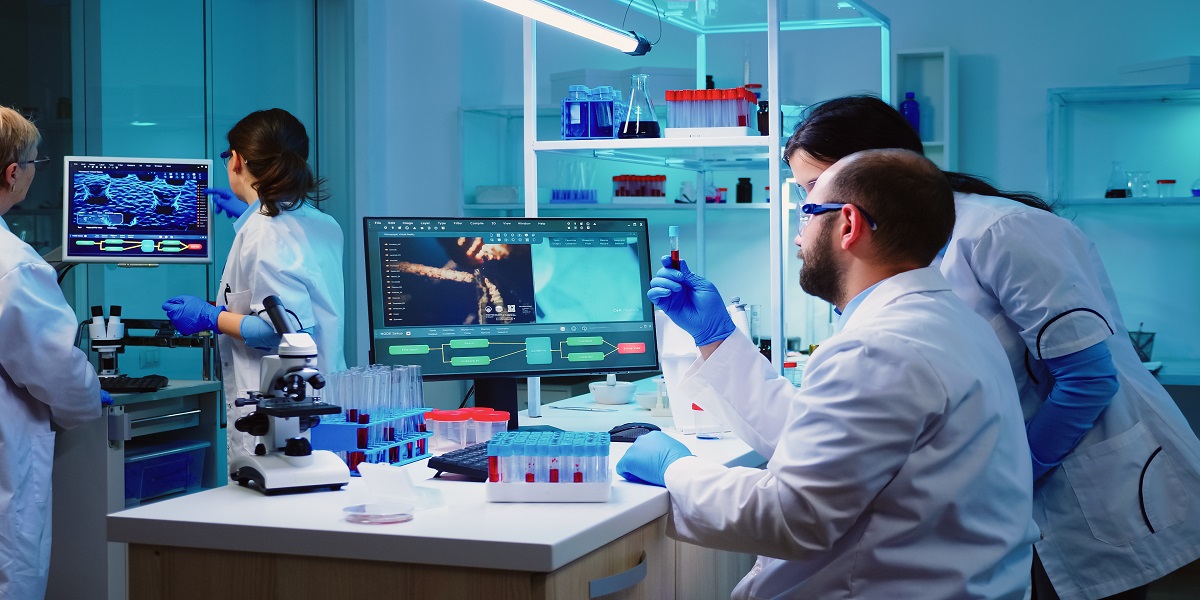In the realm of modern medicine, diagnostic instruments stand as the sentinels of health, offering profound insights into the inner workings of the human body. These instruments, ranging from the humble stethoscope to the cutting-edge MRI scanner, serve as indispensable tools for healthcare professionals worldwide. Their significance lies not only in their ability to detect ailments but also in their role in guiding treatment decisions, monitoring disease progression, and ultimately improving patient outcomes.
II. Types of Diagnostic Instruments
Imaging Techniques
The advent of imaging techniques revolutionized the field of diagnostics, providing clinicians with non-invasive methods to visualize internal structures and detect abnormalities. Among the most widely used imaging modalities are:
X-Ray Machines
X-ray machines utilize ionizing radiation to produce detailed images of bones, tissues, and organs. They are commonly employed to diagnose fractures, infections, and pulmonary conditions.
MRI Scanners
Magnetic Resonance Imaging (MRI) scanners utilize powerful magnets and radio waves to generate detailed cross-sectional images of the body. They are particularly valuable for assessing soft tissues, such as the brain, spinal cord, and joints.
Ultrasound Machines
Ultrasound machines utilize high-frequency sound waves to create real-time images of internal organs and tissues. They are widely used in obstetrics, cardiology, and abdominal imaging.
Laboratory Instruments
In addition to imaging techniques, laboratory instruments play a pivotal role in diagnostics by analyzing biological samples and identifying biomarkers of disease. Key examples include:
Blood Analyzers
Blood analyzers are sophisticated instruments capable of measuring various parameters within the blood, including cell counts, electrolyte levels, and biochemical markers. They play a crucial role in diagnosing conditions such as anemia, infections, and metabolic disorders.
Urine Analyzers
Urine analyzers automate the analysis of urine samples, providing valuable insights into kidney function, urinary tract infections, and metabolic abnormalities.

DNA Sequencers
DNA sequencers are instrumental in the field of molecular diagnostics, enabling the precise identification of genetic mutations, infectious agents, and cancer biomarkers.
Point-of-Care Testing Devices
In recent years, there has been a growing emphasis on point-of-care testing devices, which allow for rapid and decentralized diagnostics outside of traditional laboratory settings. Notable examples include:
Glucometers
Glucometers are handheld devices used to measure blood glucose levels, making them indispensable for patients with diabetes who require regular monitoring of their blood sugar.
Pregnancy Tests
Pregnancy tests utilize immunoassay techniques to detect the presence of human chorionic gonadotropin (hCG) in urine, providing a quick and reliable means of confirming pregnancy.
Rapid Strep Tests
Rapid strep tests are used to diagnose streptococcal throat infections within minutes, enabling timely initiation of antibiotic therapy and preventing complications such as rheumatic fever.
III. Evolution of Diagnostic Instruments
The evolution of diagnostic instruments is a testament to the ingenuity and perseverance of scientists and engineers throughout history. From rudimentary tools wielded by ancient healers to the sophisticated technologies of the modern era, diagnostic instruments have undergone a remarkable transformation.
Historical Perspective
The origins of diagnostic instruments can be traced back to ancient civilizations, where healers relied on observation, palpation, and simple devices to assess the health of their patients. The ancient Egyptians, for example, used urine color and taste to diagnose diseases, while the Greeks employed methods such as bloodletting and auscultation.
Technological Advancements
The dawn of the scientific revolution in the 17th century paved the way for significant advancements in diagnostic instrumentation. The invention of the microscope, credited to pioneers such as Antonie van Leeuwenhoek and Robert Hooke, revolutionized the study of pathology and microbiology, enabling the visualization of microorganisms and cellular structures.
IV. Importance of Accuracy in Diagnosis
At the heart of diagnostic medicine lies the pursuit of accuracy—the ability to discern subtle signs and symptoms, differentiate between similar conditions, and arrive at a precise diagnosis. Accuracy in diagnosis is paramount for several reasons.
Impact on Patient Care
Accurate diagnosis forms the cornerstone of effective patient care, guiding treatment decisions and ensuring optimal outcomes. A misdiagnosis can lead to unnecessary interventions, delays in appropriate therapy, and potential harm to the patient.
Role in Treatment Plans
Furthermore, accurate diagnosis is essential for formulating tailored treatment plans that address the underlying cause of the patient’s symptoms. Whether it involves prescribing medications, performing surgical procedures, or implementing lifestyle modifications, treatment decisions hinge upon a thorough understanding of the patient’s condition.

